updated 03/05/2017 : new government guidance issued “Recognising the terrorist threat”
 Often there is confusion about what these, sometimes interchangeable, terms mean. Perhaps this is because the typical safety procedure everyone in the UK is most familiar with is to evacuate – the standard ‘get out – stay out – call 999’ advice of fire safety. In contrast, staying in when ‘all hell breaks loose’ is counter-intuitive at first, especially for commercial or public premises. However, ‘getting out’ is neither possible nor wise in a number of scenarios as will be explored shortly in the wider sphere of workplace emergency preparedness; but first things first, a quick look at the terminology:
Often there is confusion about what these, sometimes interchangeable, terms mean. Perhaps this is because the typical safety procedure everyone in the UK is most familiar with is to evacuate – the standard ‘get out – stay out – call 999’ advice of fire safety. In contrast, staying in when ‘all hell breaks loose’ is counter-intuitive at first, especially for commercial or public premises. However, ‘getting out’ is neither possible nor wise in a number of scenarios as will be explored shortly in the wider sphere of workplace emergency preparedness; but first things first, a quick look at the terminology:
“in-vacuation” is probably the least known term but once you understand the meaning as ‘inverse evacuation’ you will always remember this wordplay on opposites
“lock-down” refers to an emergency protocol to prevent people (or information) from escaping and typically involves some form of violence. Lock-down examples in the news typically concern bomb threats or attacks, especially in crowded places such as inner city areas, sports events, theatres, shopping centres, places of worship or schools.
“shelter-in-place” in the UK is mostly understood in two quite specific ways, both rooted in fire safety:
- “go in – stay in – tune in”, the ‘classic’ shelter-in-place order issued by the emergency services. Typically, this may happen during a major incident such as a large fire, hazmat or security incident. It means that you have to close (and seal, depending on the severity of the incident) all doors, windows (and vents) to create a contamination free space. Take immediate shelter in a readily accessible safe location and await further instructions. Stay well away from window panes that may shatter and cause injuries
- specialist measures to provide safe shelter and security from hazards to vulnerable persons that may have difficulty to evacuate such as wheelchair users, the elderly or persons with disabilities
There is much more to Shelter-in-Place and it certainly applies to more than just fire safety and counter-terrorism. Have a look at the following post SIP: SHELTER-IN-PLACE | September is Preparedness Month.
Since the tragic events in Paris and while UK threat levels remain SEVERE, understandings are now expanding beyond fire safety into emergency preparedness for all persons and at all levels. That includes business, especially if located at or near crowded places. The recent “Run – Hide – Tell” safety video from the National Counter Terrorism Security Office is an excellent example which reflects this.
Why “shelter-in-place”, where and how?
‘Hiding’, or hopefully a more controlled, planned and prepared emergency procedure such as ‘shelter-in-place’ protocols are not only about terror threats such as lone shooter incidents or a firearms and weapons attack as in the above NaCTSO video. Shelter-in-place is highly relevant for a range of scenarios which, broadly, can be divided into ‘man-made threats’ and ‘natural hazards.
Shelter-in place or invacuation rather than evacuation makes sense not only for threats
- explosion, structural damage
- hazardous materials (HAZMAT, i.e. biological, chemical …)
- attack with weapons and/or firearms, bomb threat, drones
- civil unrest, riot
but also for natural hazards such as storms and severe weather, severe cold or heatwave, during an earthquake, pandemic or , most relevant for the UK, flooding which destroys more businesses than fire. So, what does an ideal shelter-in-place room look like?
Shelter-in-place: rooms above ground floor, for example …
- interior rooms with no windows and/or
- exterior rooms with loadbearing walls, few windows and vents that can be sealed
- adequate space to sit people, avoid overcrowding by selecting several rooms
- feature fire doors and a way to barricade yourself in may provide additional safety
Utility rooms, large storage rooms, pantries, conference rooms etc. may work well as designated shelter-in-place areas. In addition
- install a landline telephone in the room to call for help, mobile phones may be overwhelmed
- mark the room(s) with a ‘shelter-in-place’ sign on the inside of the room only for security reasons and assure your safety personnel and staff are well trained (download free shelter-in-place sign to print)
- strategically place preparedness supplies; i.e. emergency food and water, light & communication etc.
Shelter-in-place procedure – emergency plan
Specific procedures for shelter-in-place vary depending on the nature of the environment, anticipated and planned for threats and typically include:
- close the premises
- inform staff, customers and visitors to stay, not leave and go to designated areas immediately
- do not walk or drive outdoors
- ask all people present to turn their phones to silent and call their emergency contact to let them know where they are and that they are safe unless there is an imminent severe threat where silence must be observed
- turn on business call-forwarding or alternative telephone systems. If you have voicemail, change the recording to indicate that you are temporarily closed, that staff and visitors are safe and will remain in the building until authorities have issued the all clear
- lock (and seal) air vents, doors, windows; draw shades, blinds or curtains in case of an explosion
- turn off or disable fans, heating and air conditioning as well as all other non-essential electricals
- get hold of your emergency supplies and go to your previously identified shelter-in place area
Ideally, on each floor you will have access to an emergency grab bag, individual One-Person-Compact-Survival-Kits for staff as well as a Shelter-in-Place Kit for up to 20 persons in each shelter-in-place location. While this is perhaps not possible everywhere, absolute minimum supplies include battery powered or wind-up radio (communication), flashlight and/or headtorch, first aid, long-life food and water. Also recommended are waterproof gaffa tape and either plastic sheeting or garbage bags that can be cut and taped to provide emergency seals.
Once securely at your shelter-in-place location
- keep calm, stay behind solid objects well away from glass
- place signs in exterior windows to identify your location where possible
- make list of everyone in the room, their address and affiliation with your business (employee, visitor, customer…) and then call your designated emergency contact to report
- listen to radio, watch TV or use the internet to stay informed
- await further instructions until the all clear is given and it is safe to stand down
Shelter-in-place is usually resolved quickly but may last for several hours or even days. To find out which risks are most pertinent to you see the National Risk Register and the local risk register published by your Local Resilience Forum. You may also find our google slides “Shelter-in-Place at work” useful for your own Emergency Preparedness.
Security, health & safety and duty of care are just some of the reasons why it makes sense to be prepared. Make appropriate plans and get the emergency kit that is right for you. If none of our standard emergency kits are suitable, simply contact us for a competitive bespoke quote. Our friendly and knowledgeable team is always happy to help and advice.
Finally, check out Protecting Crowded Places from Terrorism resources and also ‘Project Griffin’ which provides briefing events to increase public and staff awareness to business of how best to reduce and respond to the most likely types of terrorist activities. Also out now (Oct 2016) is the Independent Review of London’s Preparedness to respond to a major terrorist incident.
Monika
Thank you for stopping by. See below for updates. In addition, for more resilience blog use the right hand navigation. For kit and practical resources use the top navigation. If you’re new to Emergency and Disaster Preparedness head over to our FREE resources at the Preparedness Hub and Business Preparedness.
This blog post is also accessed by https://bit.ly/lock-down.
Thank you for sharing this post Tweet
If you suspect something ring the Anti-Terrorist Hotline.
For an immediate threat to life dial 9️⃣9️⃣9️⃣
(SP) pic.twitter.com/GyC8WFg5Fv
— West Mercia Specials (@WMerciaSpecials) July 15, 2016
Watch citizenAID’s informative new video based around the response to an explosion here: https://t.co/euUqIGJ9Cz pic.twitter.com/nqzva1XRKB — citizenAID (@ThecitizenAID) May 2, 2017
Find EVAQ8 on social media, like and follow us!



 Congratulations to the brilliant trailblazers: Ingleton , Hellifield, Clapham, Swainby, Snape, Kirkby Fleetham, Crayke, Romanby, South Milford and Tadcaster
Congratulations to the brilliant trailblazers: Ingleton , Hellifield, Clapham, Swainby, Snape, Kirkby Fleetham, Crayke, Romanby, South Milford and Tadcaster 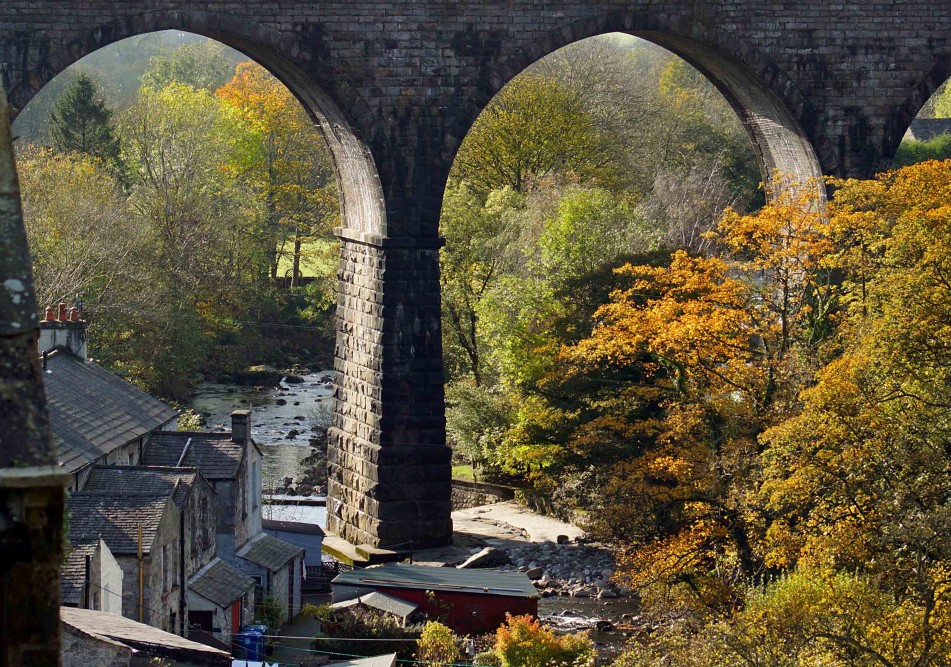 ready for what may well shape up to be a rough Winter.
ready for what may well shape up to be a rough Winter.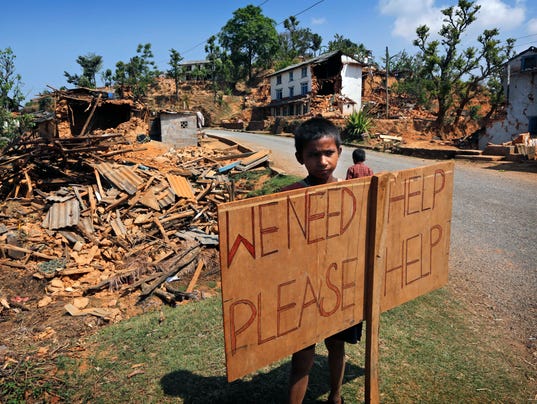 The devastating Nepal Earthquake seems to have been one of those ‘tipping points’ – although here Malcolm Gladwell’s original concept is blown out of all proportion for there certainly was nothing ‘little’ that made a big difference.
The devastating Nepal Earthquake seems to have been one of those ‘tipping points’ – although here Malcolm Gladwell’s original concept is blown out of all proportion for there certainly was nothing ‘little’ that made a big difference.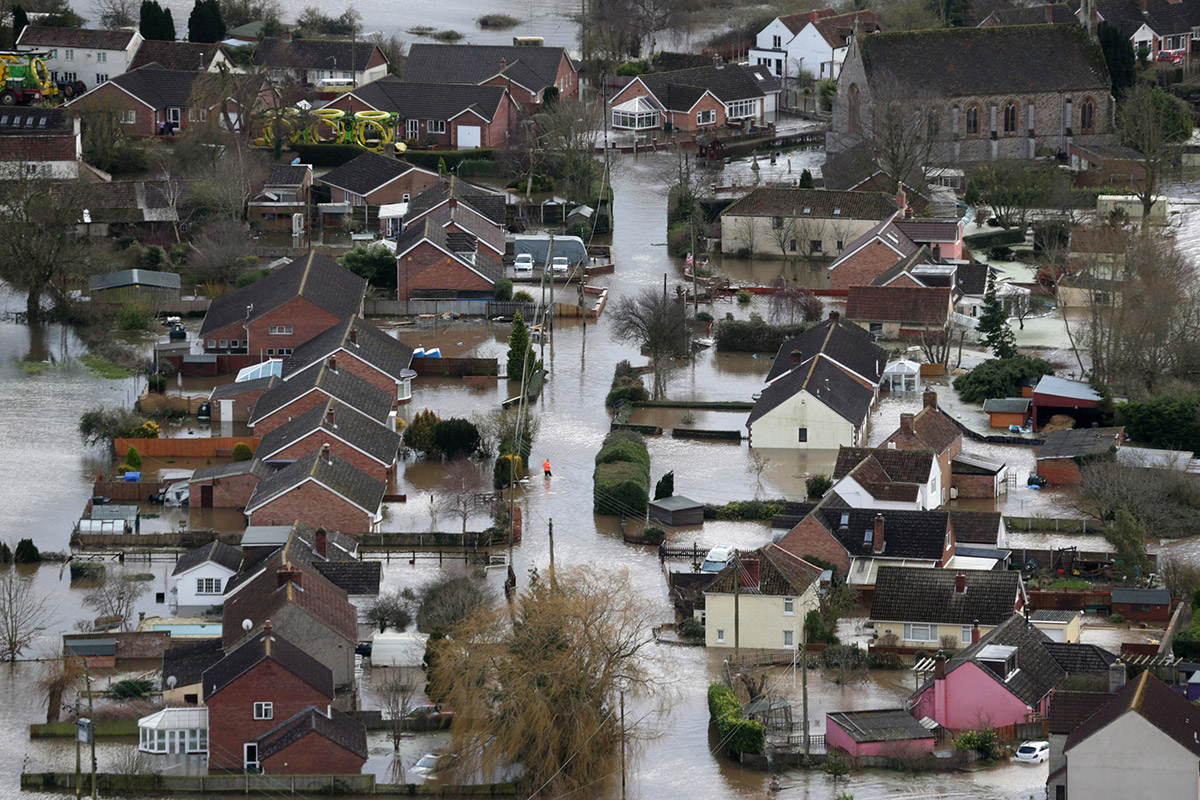
 Have a great week and good start to September – make it a Preparedness month for yourself, your loved ones and your wider communities. And if you want to delve a little deeper, watch this brilliant VIDEO by The Royal Society, an animation and briefing on unconscious bias adapted by Professor Uta Frith
Have a great week and good start to September – make it a Preparedness month for yourself, your loved ones and your wider communities. And if you want to delve a little deeper, watch this brilliant VIDEO by The Royal Society, an animation and briefing on unconscious bias adapted by Professor Uta Frith  The ‘why’ is easy: it’s the law. Since 2004 under the Civil Contingency’s Act, Category 1 responders have a duty to
The ‘why’ is easy: it’s the law. Since 2004 under the Civil Contingency’s Act, Category 1 responders have a duty to  What I particularly like is the focus on capability. It implies inherent and latent capacities. It also ties neatly to preparedness which is not just about needs and liabilities but also about assets. In my view this creates an empowering shift and starting point to mobilize engagement which, given the right momentum, may overcome even learnt helplessness and apathy. Thus
What I particularly like is the focus on capability. It implies inherent and latent capacities. It also ties neatly to preparedness which is not just about needs and liabilities but also about assets. In my view this creates an empowering shift and starting point to mobilize engagement which, given the right momentum, may overcome even learnt helplessness and apathy. Thus


 So called ‘natural disaster’ data is readily available nowadays but the term is actually a bit of an oxymoron. Natural events trigger a range of ‘disasters’, the resulting damage is largely the result of lack of planning and poor development which ends up putting property and people at risk.
So called ‘natural disaster’ data is readily available nowadays but the term is actually a bit of an oxymoron. Natural events trigger a range of ‘disasters’, the resulting damage is largely the result of lack of planning and poor development which ends up putting property and people at risk. 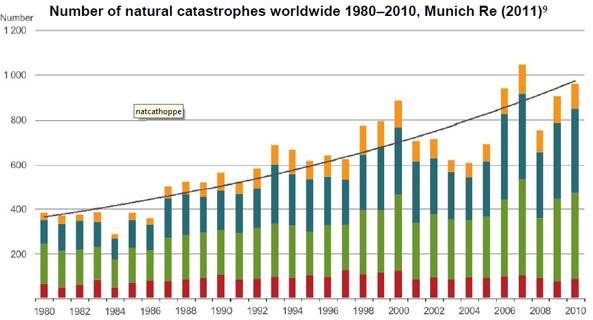
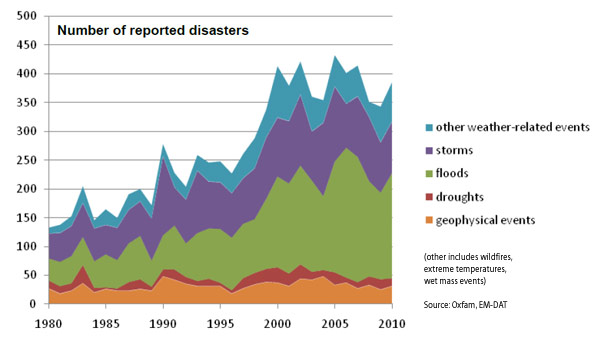
 Jupiter, the king of the gods and the god of sky and thunder
Jupiter, the king of the gods and the god of sky and thunder

